Phlox "Orange Perfection": description, recommendations for cultivation and reproduction

The world of flowers is very diverse. Therefore, some gardeners are simply lost when choosing plants for their personal plot. One option that works for most is phlox. It looks great next to any flowers and is well suited for forming bouquets.



Description
Phlox "Orange Perfection", also known as "paniculate", is a beautiful ornamental plant. The name of this flower is also interesting and rather unusual. The word "phlox" is translated from Greek as "fire". "Perfection" in translation from English means "perfection", and "orange" means "sunny" or "orange". This whole combination of words fully reveals all the qualities of this type of flowers.
These flowers are completely unpretentious to care for. They are not afraid of heat, they easily endure big frosts. Accordingly, they do not even need to be covered for the winter period. Phlox bloom begins in the first days of summer and lasts almost until mid-autumn. Therefore, it is used to decorate flower beds quite actively.


Care
Despite all the unpretentiousness of this flower, you still need to take care of it. It all starts from the day of planting. It is very important to choose the right place for this - it must be well lit. In the shade, the plant feels rather bad.



Another important care factor is watering. After all, the lack of water for phlox can be destructive. This is because the young roots are at a depth of about 14 centimeters from the surface of the earth. In addition, the lack of moisture will also have a bad effect on the flowers, they will be much smaller. If we talk about watering rates, then at least 1 bucket of water should be poured under one bush. This is best done in the morning.

Don't forget about fertilizers. It is necessary to carry out top dressing 3 times per season. The first time this is done immediately after the snow has melted, you can use ordinary manure. The second top dressing is also applied in the spring - at the time when young shoots begin to grow. You need to use potassium-phosphorus dressings. The third feeding falls on the time when the plant has completely faded.



Also, when planting a plant, you need to cover the ground around the bush with a layer of mulch. After all, phlox roots grow very quickly. If the surface is not mulched, then in severe frost, the bush can freeze and die. Both deciduous humus and peat can be used as mulch.
You need to regularly remove weeds around the bush, as well as loosen the ground. This will help oxygen to penetrate freely to the phlox roots. You also need to be careful about the process of transplanting a bush. This should be done no more than once every 5 years.
In the winter season, the bush can only be damaged if it grows in very cold regions of the country. In this case, it must be carefully covered. Spruce branches or peat can be used for this purpose.
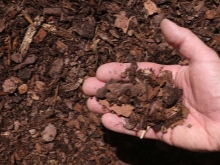

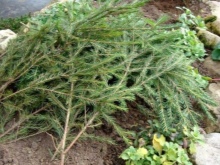
Disease and pests
Any gardener should understand that the plant can sometimes suffer from various infections and insect attacks.
Powdery mildew is one of the most common diseases. It infects plants on hot and rainy days. Faced with such a disease, it is necessary to treat the phlox paniculate bush with any fungicides. You can also use folk remedies such as serum.

There is another common disease. Ring spot is most often seen in early summer. At this time, spots with an unusual pattern appear on the leaves. As soon as they appear, the affected bushes must be dug up and burned so that the disease cannot spread to other plants.
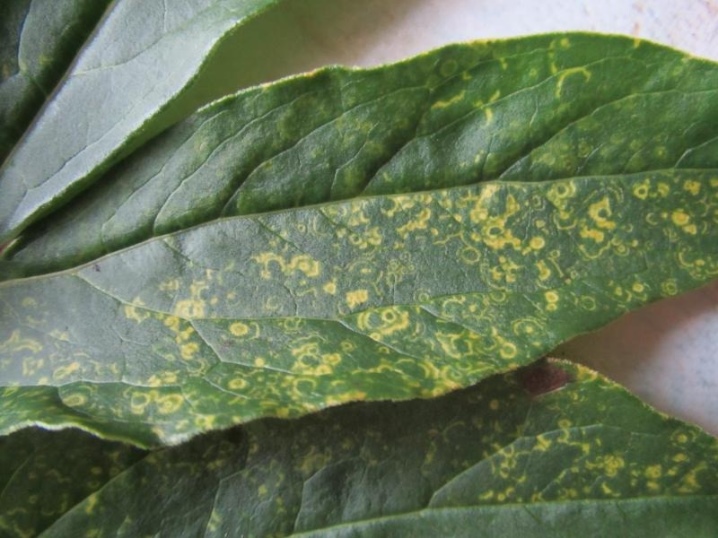
Rust also appears in summer. The leaves are covered with brown spots. They are small at first and then grow larger. In this case, the phlox must also be dug up and burned. The land on which the bush grew must be treated with a disinfectant.

Sometimes the plant also affects the curliness of the leaves. It is very easy to notice - the plant stops growing, the leaves become curly, and the stems become brittle. The affected bush, as in previous cases, must be removed.

Various insects and other pests can become "enemies" of phlox. Here are the most popular ones.
- Nematodes - filamentous worms that live in plant tissues and feed on their sap. One female can lay nearly 100 eggs. As a result of the appearance of these pests, the plant becomes weak, and after a while dies. The infected bush must be completely dug up and burned, since these insects cannot be destroyed in other ways.

- Slugs in the daytime they live on the ground, and at night they climb on the leaves that are located below and eat them, and also get to the stems and buds. In order to get rid of them, you need to regularly remove weeds, lay out various baits around the bush.

- Phlox "Orange Perfection" can eat caterpillars too. To combat them, it is best to use specially designed drugs.
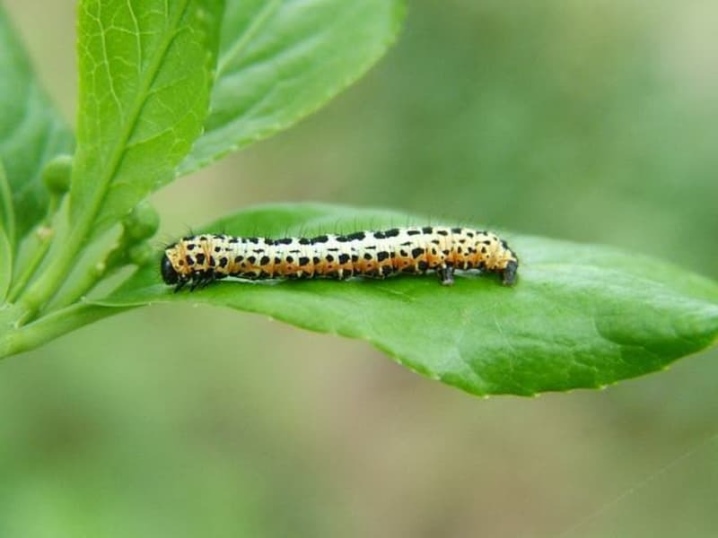
- On the underside of the leaves, you can find a pest such as slobbering penny, which is popularly called the "bug". She lives in her foamy secretions and feeds on the sap of the plant. To get rid of it, you need to use a drug like Inta-Vir.
So that neither diseases nor insects harm the bush, it is necessary to regularly carry out preventive measures. To do this, you must constantly inspect the plant and process the flower at the first hint of the appearance of a disease.
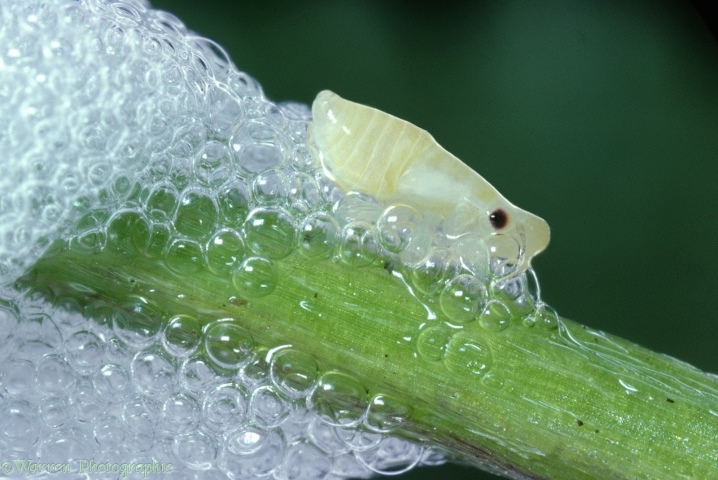
Reproduction
You can plant flowers in different ways. It all depends on the time when phlox breeds, and the skills of the gardener.
By dividing the bush
If a flower grows in one place for more than 5-6 years, it can be planted. It is best to carry out this procedure in early spring or in the middle of autumn. To begin with, the bush must be dug, cleaned of the earth, and then straightened its roots.
After that, the mother bush should be divided into small divisions with a very sharp knife or shovel. Each of them should have at least 2 fully formed stems, as well as well-developed roots. The stems must be at least 15 centimeters long.
Further, the delenki need to be planted in the holes prepared in advance. They should be deepened by no more than 4-5 centimeters.


Using cuttings
Cuttings must be harvested at the end of May. In this case, the plant should already grow to at least 12 centimeters. The cut petiole should have 2 to 3 buds. After cutting, the shoots must be placed in a container with water, into which a few drops of a growth stimulant must be added.
After an hour, they should be removed, all wilted leaves should be removed and planted in a prepared place. It can be either a greenhouse or open ground. However, in the second case, the cuttings must be planted in the shade. In addition, they can be covered with damp paper so that young seedlings can adapt faster. They are planted to a depth of 2 centimeters. The roots should appear in just 2 weeks.

Seeds
This breeding option is not chosen too often, because many phloxes lose their qualities after sowing. First, you need to stratify the seeds and only then start the process itself. Sowing should be done no earlier than 1 month before planting in open ground.
At the bottom of the container, it is necessary to fill in the drainage layer, and then the substrate.You can buy it at a garden store, or you can cook it yourself. To do this, you need to take 2 parts of deciduous humus, 1 part of sand, 2 parts of ordinary garden soil.
After that, you need to make small depressions in the ground and sow seeds in them. Sprinkle everything on top with a very thin layer of earth and water abundantly. Next, the container should be covered with glass and placed in a warm place until shoots appear. When there are at least 3-4 leaves on the sprouts, they can be planted in open ground. The distance between the bushes should be at least 30 centimeters.

Summing up, we can say that the Orange Perfection phlox is a very beautiful plant that even an inexperienced person can grow. The main thing is not to forget to look after him and protect him from the cold in time.
See below for more details.







































































































The comment was sent successfully.